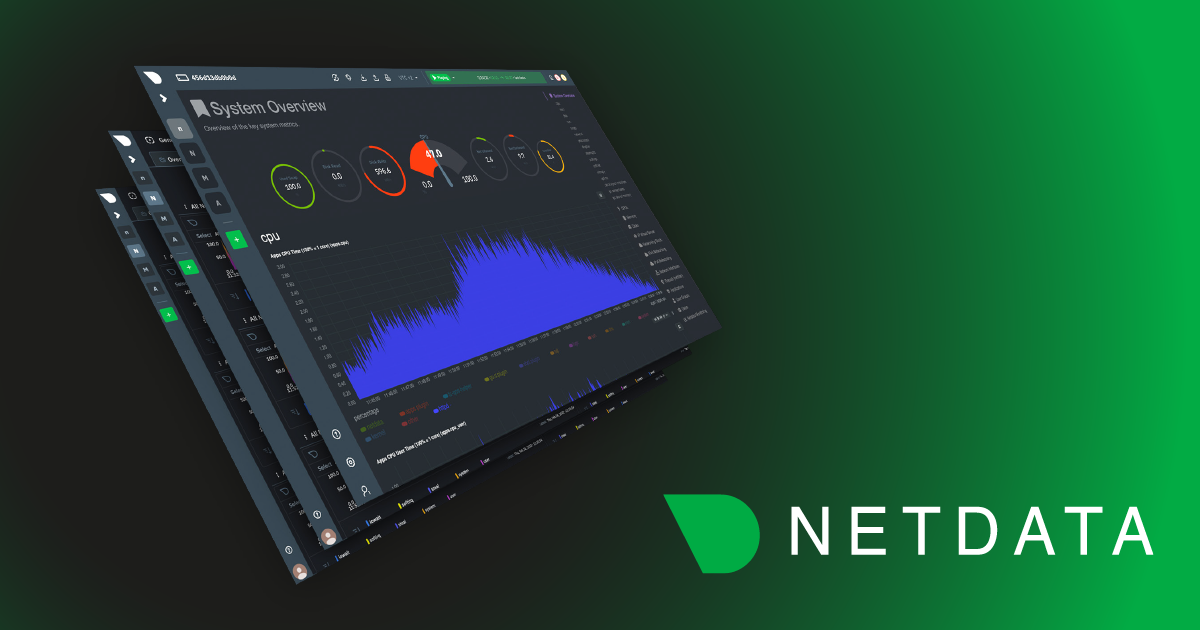
Context switching is the process of switching the CPU from one process, task or thread to another. In a multitasking operating system, such as Linux, the CPU has to switch between multiple processes or threads in order to keep the system running smoothly. This is necessary because each CPU core without hyperthreading can only execute one process or thread at a time. If there are many processes or threads running simultaneously, and very few CPU cores available to handle them, the system is forced to make more context switches to balance the CPU resources among them.
Context switching is an essential function of any multitasking operating system, but it also comes at a cost. The whole process is computationally intensive, and the more context switches that occur, the slower the system becomes. This is because each context switch involves saving the current state of the CPU, loading the state of the new process or thread, and then resuming execution of the new process or thread. This takes time and consumes CPU resources, which can slow down the system.
The impact of context switching on system performance can be significant, especially in systems with many processes or threads running simultaneously.
Thrashing
Thrashing is a phenomenon where the system spends more time switching between processes or threads than actually executing them. This can cause the system to become unresponsive and slow to the point of being unusable. Detecting thrashing can be challenging, but there are a few signs that can indicate its presence.
One way to detect thrashing is by monitoring the system's performance metrics, such as CPU utilization, disk I/O, and memory usage. If these metrics are consistently high, while the system is slow or unresponsive, it may be an indication of thrashing.
Another way to detect thrashing is by monitoring the number of context switches per second using tools like Netdata. A sudden increase in context switches, especially when accompanied by a decrease in system performance, can be a sign of thrashing.
In addition, monitoring the number of processes in the run queue via the runnable dimension in the system.processes_state chart, the number of TASKLET and SCHED softirqs, as well as the time spent handling these softirqs, you can identify if there is a high level of task scheduling activity on the system.
In summary, detecting thrashing can be challenging, but monitoring the system's performance metrics, the number of context switches per second, the number of processes in the run queue, and the average time spent in the scheduler can help to identify its presence. By optimizing the performance of the processes or threads that are causing the most context switches, you may be able to alleviate the thrashing and improve system performance.
How to reduce the impact of context switching?
It's worth noting that some of these options may not be appropriate for all systems and applications, and the best approach will depend on the specific requirements and constraints of your system. Here are some options that can help reduce the impact of context switching on system performance:
Increase CPU and memory resources: More CPU and memory resources can reduce the frequency of context switching and provide more room for the system to handle multiple tasks simultaneously.
Use process scheduling policies: Operating systems provide various process scheduling policies to optimize CPU utilization and reduce context switching overhead. For example, the CFS (Completely Fair Scheduler) policy in Linux is designed to minimize context switching overhead.
Use lightweight threads: If you are developing the application that is causing extensive context switches, use lightweight threads, also known as user-level threads, which are managed by user-level code instead of the kernel. They are faster to create and switch between than kernel-level threads, which can reduce context switching overhead.
Avoid unnecessary context switches: Again for developers: context switching can be triggered unnecessarily by interrupting processes or threads that are waiting for I/O. You can avoid this by using non-blocking I/O operations or by using asynchronous I/O operations.
Use CPU affinity: CPU affinity is a technique that assigns a specific CPU to a process or thread. This can reduce the frequency of context switching and improve cache utilization.
Use NUMA-aware scheduling: NUMA (Non-Uniform Memory Access) architectures have multiple memory nodes, and scheduling processes and threads to run on the same memory node as their data can reduce the frequency of remote memory accesses and improve performance.
Use real-time scheduling: Real-time scheduling policies can give priority to time-critical processes, reducing context switching and ensuring that the most important tasks are completed on time.
In conclusion, context switching is an essential function of any multitasking operating system, but it also comes at a cost. Excessive context switching can slow down the system and even lead to unresponsiveness. By monitoring the context switches chart and taking steps to optimize process and thread performance, system administrators and developers can ensure that their systems are running efficiently and smoothly.